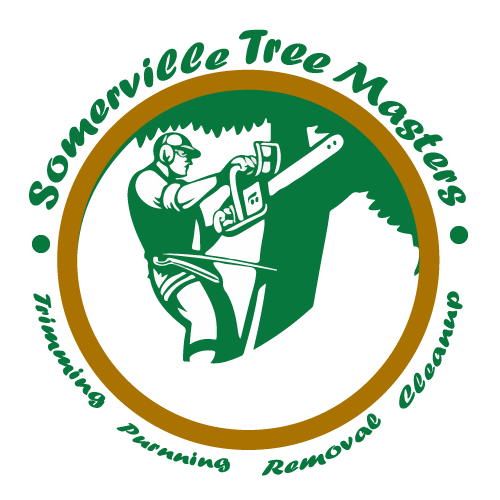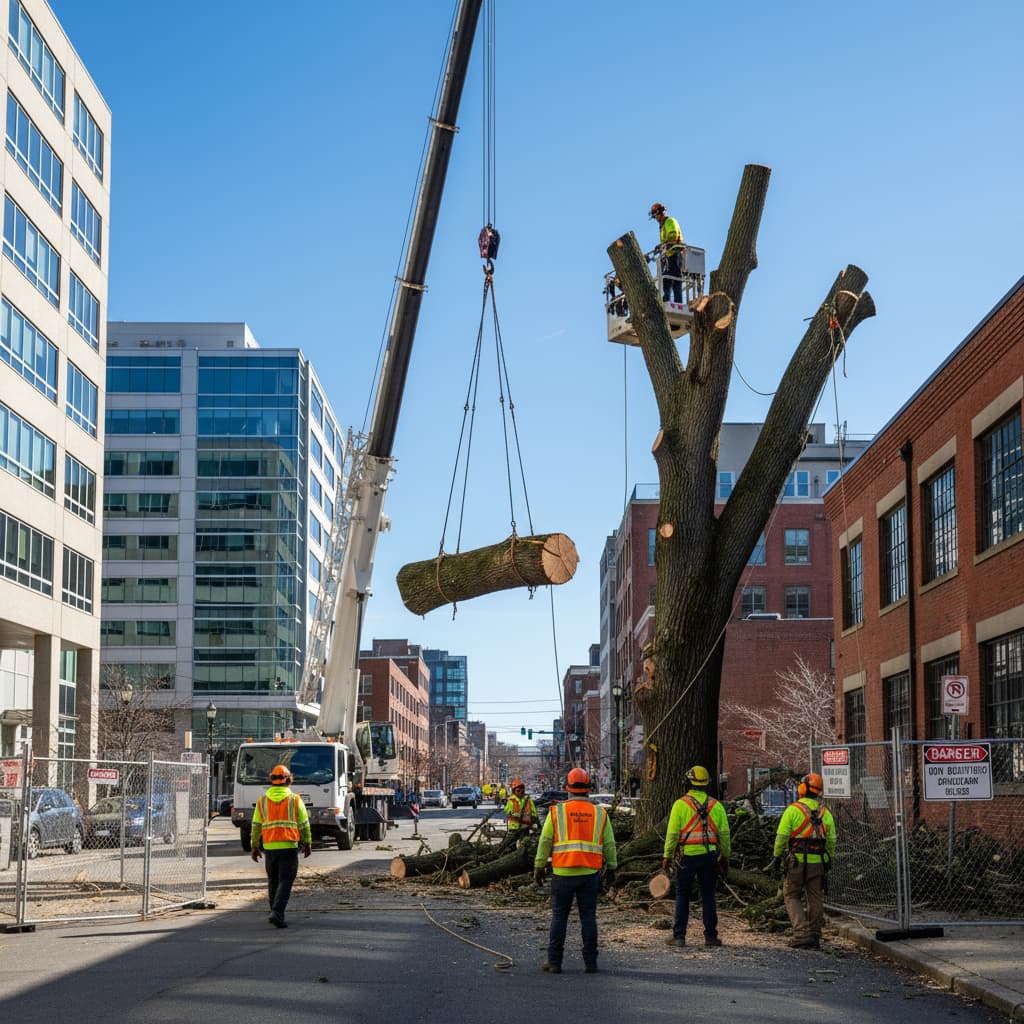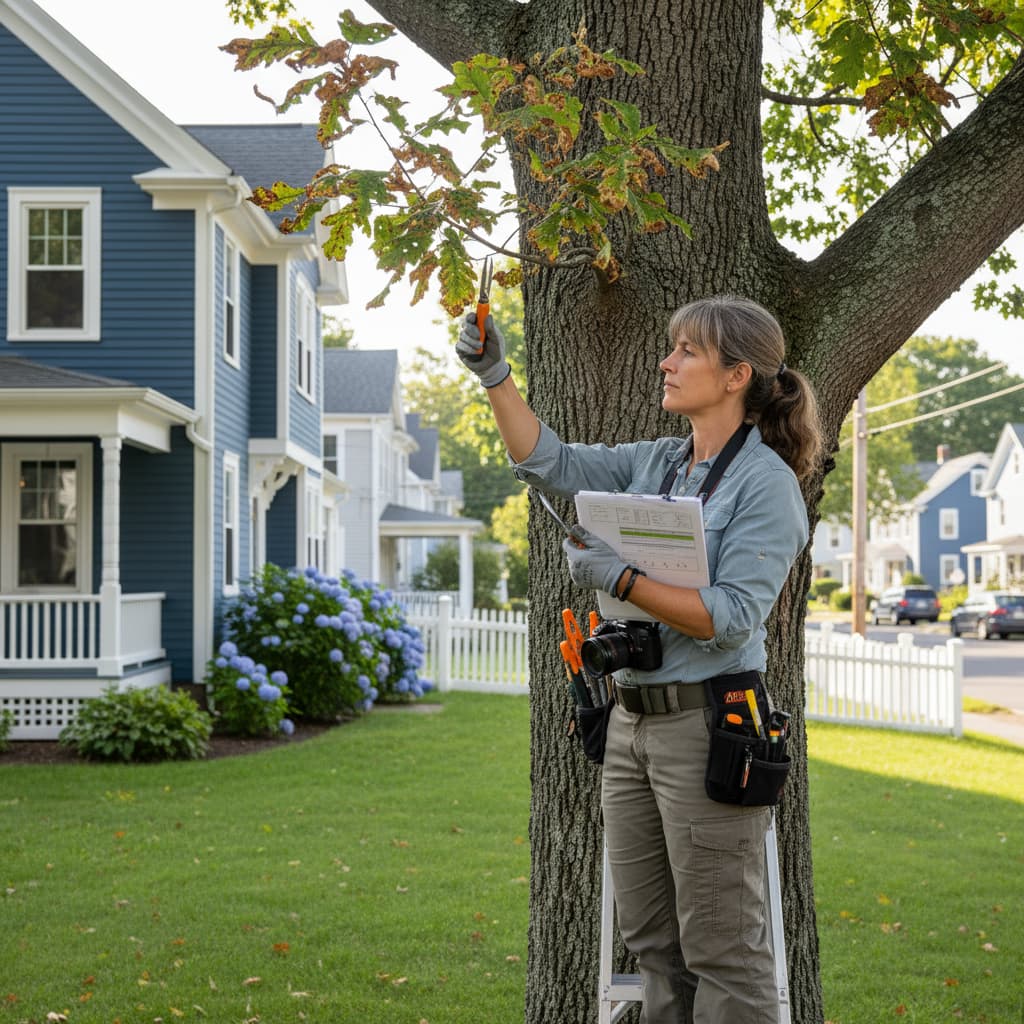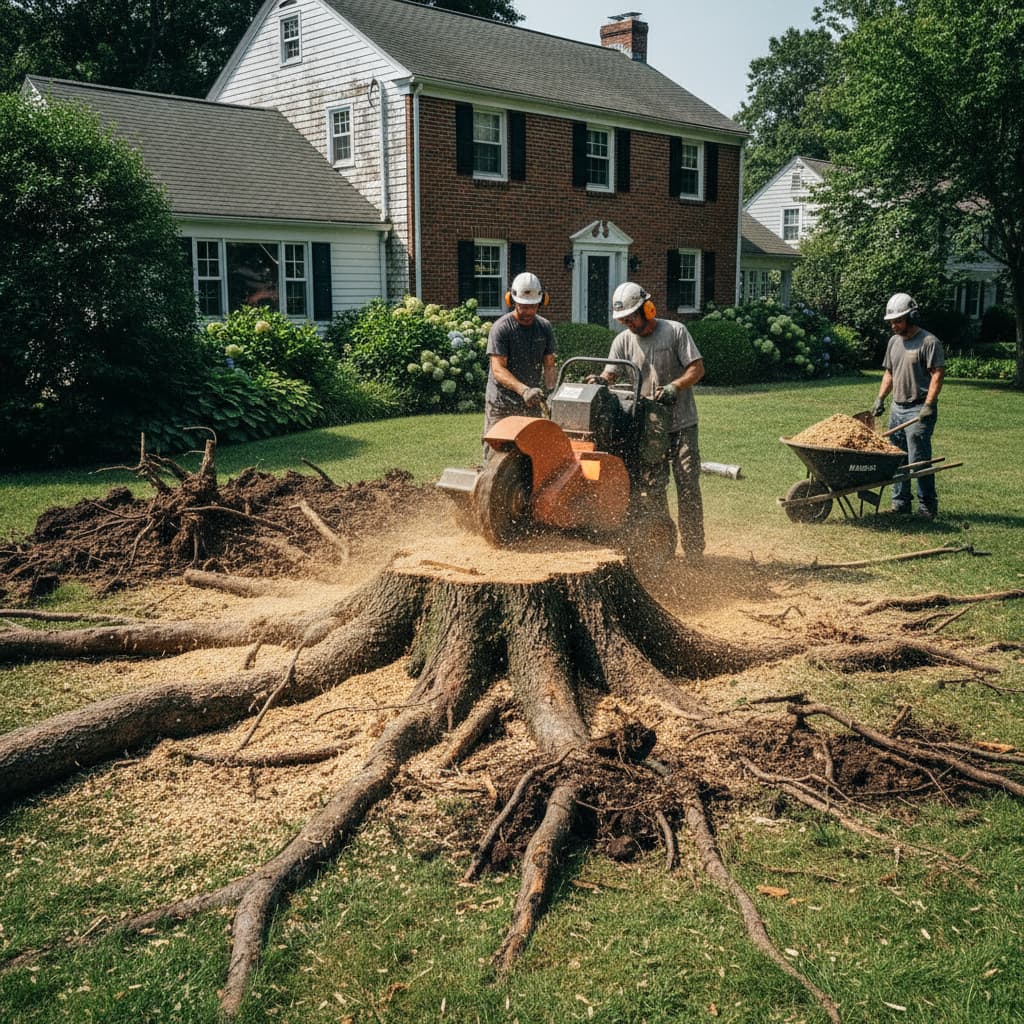Tree Pruning Tips to Beat Heat Stress in Somerville
Tree Pruning Somerville
Massachusetts summers are becoming increasingly intense, with heat waves testing the resilience of trees throughout Somerville’s diverse neighborhoods. From the tree-lined streets of Davis Square to the established canopies in Ten Hills, proper tree pruning techniques can make the difference between thriving trees and those struggling with heat stress. Understanding when and how to prune during hot weather is essential for maintaining healthy trees that can withstand the challenging climate conditions facing our region.
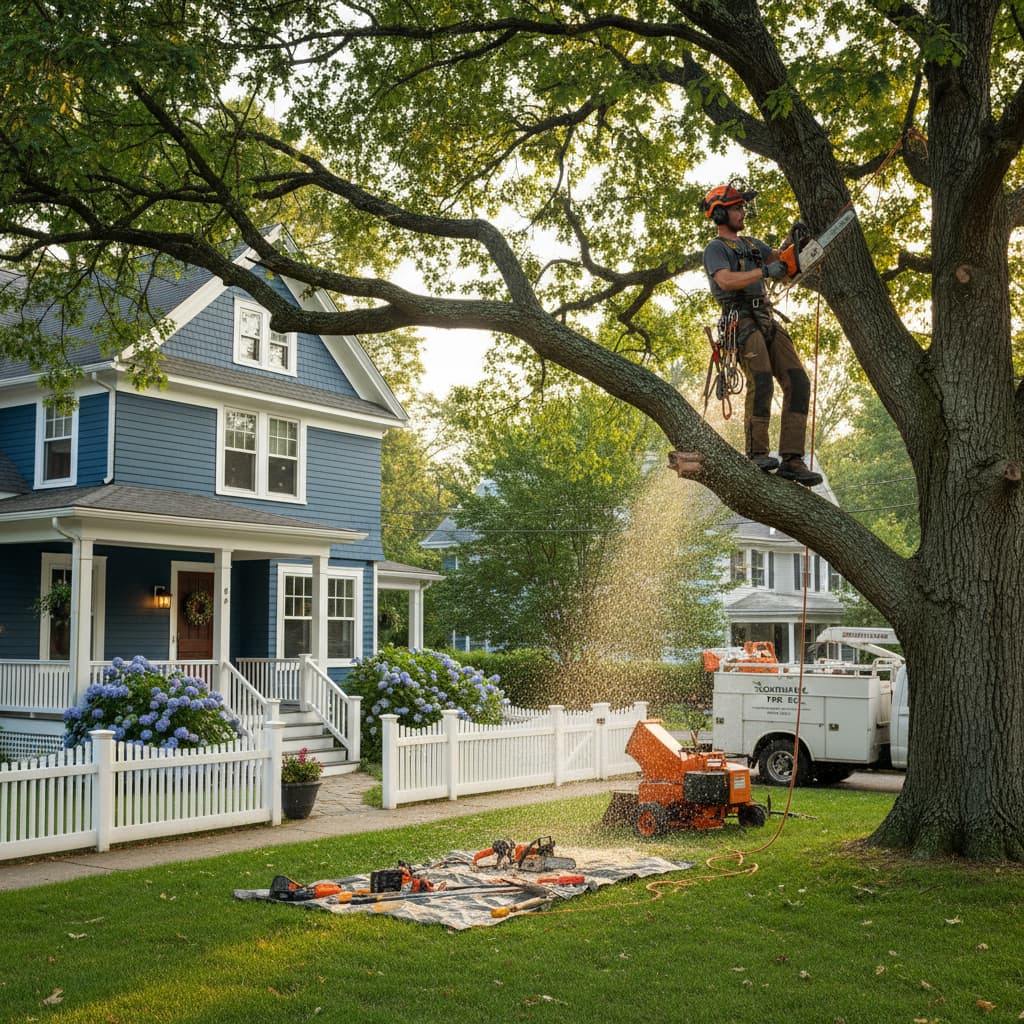
Understanding Heat Stress in Somerville Trees
Heat stress occurs when temperatures consistently exceed 90 degrees Fahrenheit, causing trees to struggle with their normal physiological processes. In Somerville’s urban environment, the heat island effect around areas like Assembly Row and Union Square can push temperatures even higher than surrounding regions. Trees experiencing heat stress often display wilting leaves, brown leaf edges, premature leaf drop, and stunted growth.
The compact nature of Somerville’s neighborhoods, particularly in Winter Hill and East Somerville, means trees often face additional challenges from reflected heat off buildings, pavement, and reduced air circulation. Strategic tree pruning can help address these issues while supporting overall tree health during demanding summer conditions.
Strategic Timing for Summer Tree Pruning
Best Timing Windows
The optimal time for summer tree pruning in Massachusetts falls between mid-July and mid-August, when trees have fully leafed out but before the hottest part of summer peaks. However, during extreme heat events, it’s best to postpone non-essential pruning work. Early morning hours provide the best conditions for both tree health and worker safety in neighborhoods throughout Somerville.
Avoiding Critical Periods
Never prune during active heat waves or in the days immediately before and after extreme weather events. Trees need all their energy reserves to cope with temperature stress, and pruning wounds require significant energy to heal. Monitor weather forecasts carefully, especially during the peak summer months when temperatures around Prospect Hill and Spring Hill can soar.
Essential Heat Stress Pruning Techniques
Selective Dead Branch Removal
Removing dead, diseased, or damaged branches should be your priority during the summer months. These branches serve no beneficial purpose and actually drain energy from the tree while potentially harboring pests and diseases. Focus on eliminating deadwood that could fall during summer storms, which are common in the Somerville area.
Crown Thinning for Air Circulation
Carefully thinning overcrowded branches improves air circulation throughout the tree canopy, helping reduce heat buildup and allowing better light penetration. This technique is particularly beneficial for mature trees in densely packed neighborhoods like Magoun Square and Ball Square, where air movement can be limited.
Water Sprout and Sucker Management
Summer is an excellent time to remove water sprouts and root suckers that compete for the tree’s limited energy resources. These rapidly growing shoots drain vital nutrients and water that the tree needs to combat heat stress, making their removal a priority during challenging weather conditions.
Pruning Practices to Avoid During Heat
Heavy Structural Pruning
Avoid major structural changes or removing large amounts of foliage during hot weather. Heavy pruning stimulates new growth that requires substantial energy and water resources when the tree can least afford to expend them. Save significant crown reduction or shaping work for late winter or early spring.
Topping and Excessive Thinning
Never top trees or remove more than 25 percent of the crown during the summer months. Excessive foliage removal eliminates the tree’s natural cooling system and exposes previously shaded bark to intense sunlight, potentially causing sunscald damage. This is especially important for trees along busy corridors like those near Teele Square.
Species-Specific Considerations for Somerville
Maple Trees
Red and sugar maples, common throughout Somerville’s residential areas, should be pruned with extra caution during summer. These trees are heavy “bleeders” that lose significant sap when cut. If summer pruning becomes necessary, work during late summer when sap flow naturally decreases.
Oak Trees
Oak trees require special attention during the summer months due to the risk of oak wilt disease. Avoid pruning oaks from April through October unless absolutely necessary for safety reasons. If emergency pruning is required, immediately seal cuts with wound dressing to prevent beetle attraction.
Urban-Adapted Species
Trees like honey locust and London plane trees, often planted in Somerville’s streetscapes around Powder House Square and Inner Belt, generally tolerate summer pruning better than other species. However, even these hardy varieties benefit from conservative pruning approaches during extreme heat.
Supporting Tree Health Beyond Pruning
Proper Watering Techniques
Complement your pruning efforts with deep, infrequent watering during heat stress periods. Water early in the morning to minimize evaporation loss and ensure moisture reaches the root zone. Newly pruned trees may require additional water as they heal and adjust to their modified structure.
Mulching for Temperature Control
Apply a 2-4 inch layer of organic mulch around pruned trees to help regulate soil temperature and retain moisture. Keep mulch several inches away from the trunk to prevent rot issues. This practice is particularly beneficial for trees in Somerville’s more exposed locations, like Assembly Row.
Monitoring for Recovery Signs
After summer pruning, watch for signs of successful adaptation, including new bud formation, maintained leaf color, and continued growth. Trees showing signs of continued stress may need additional care or professional intervention to ensure their long-term health.
Professional Pruning During Challenging Conditions
Working with certified arborists becomes even more critical during the summer months when trees are vulnerable to heat stress. Professional tree services have the expertise to assess whether pruning is advisable given current conditions and can perform necessary work with minimal stress to the tree. They also carry proper insurance and safety equipment essential for hot-weather work.
Tree pruning during heat stress periods requires careful planning, precise timing, and conservative techniques. By following these guidelines and working with experienced professionals, Somerville property owners can help their trees not only survive but thrive despite challenging summer conditions.
Expert Tree Pruning Services from Somerville Tree Masters
At Somerville Tree Masters, we understand the unique challenges that Massachusetts summers present for tree health. Our certified arborists are experienced in heat stress management and know exactly when and how to prune trees safely during challenging weather conditions. From the historic neighborhoods around Ward Two to the modern developments near the Mystic River, we’ve helped countless Somerville residents maintain healthy, beautiful trees through strategic pruning and comprehensive care programs.
